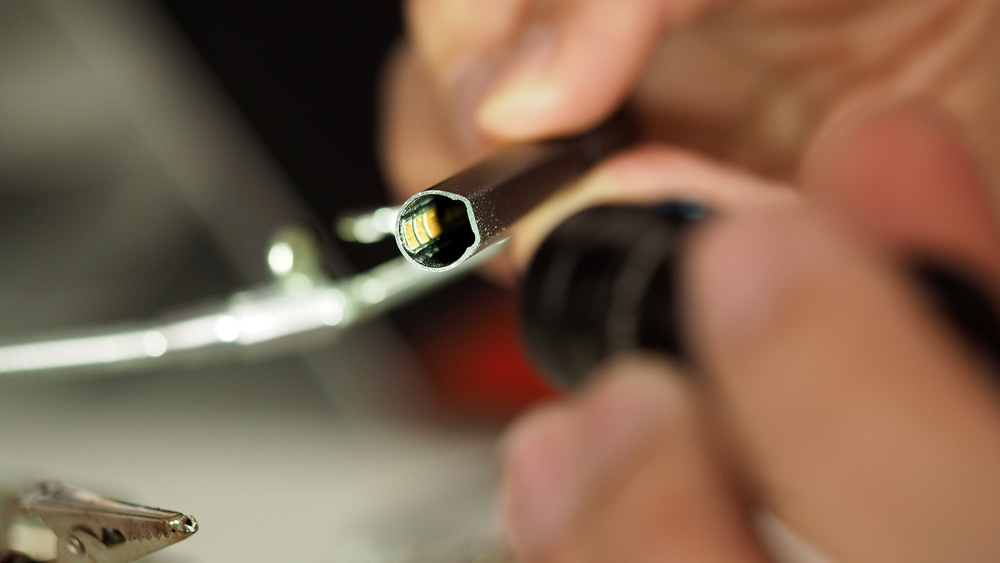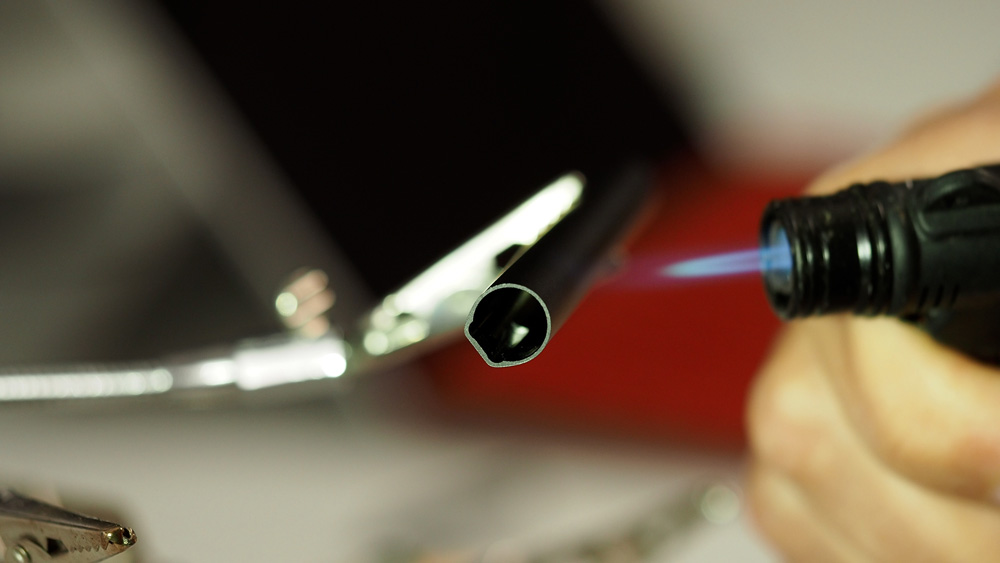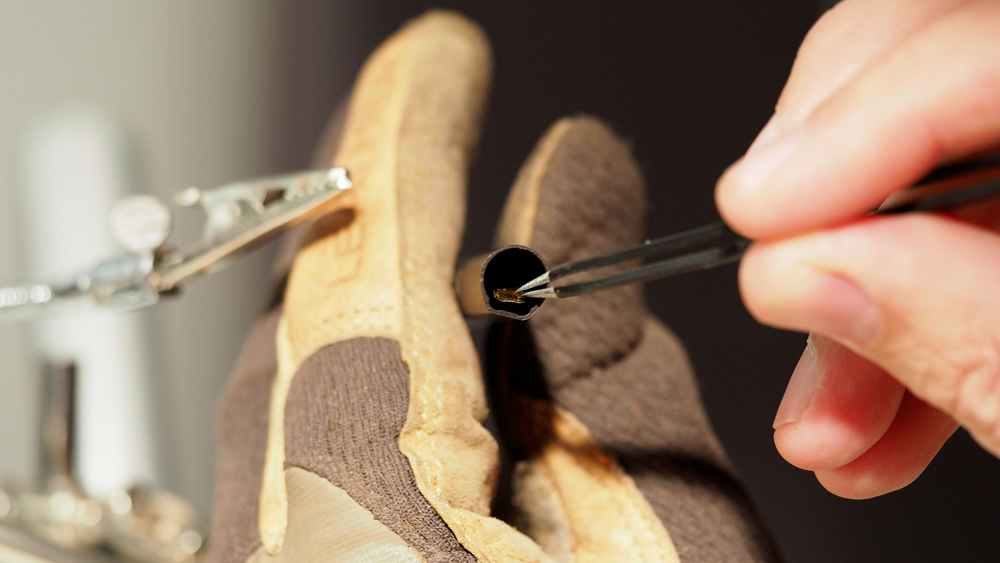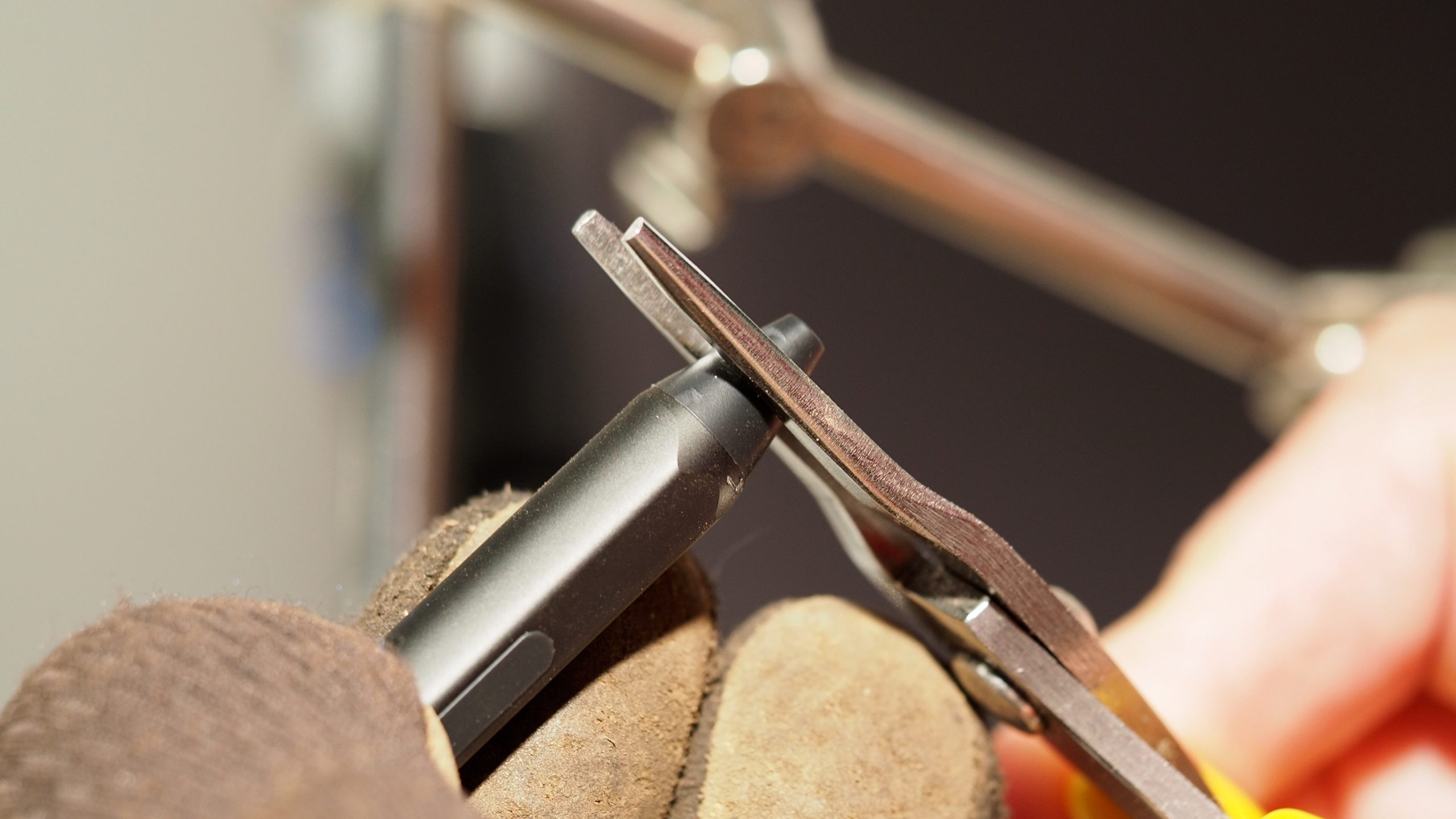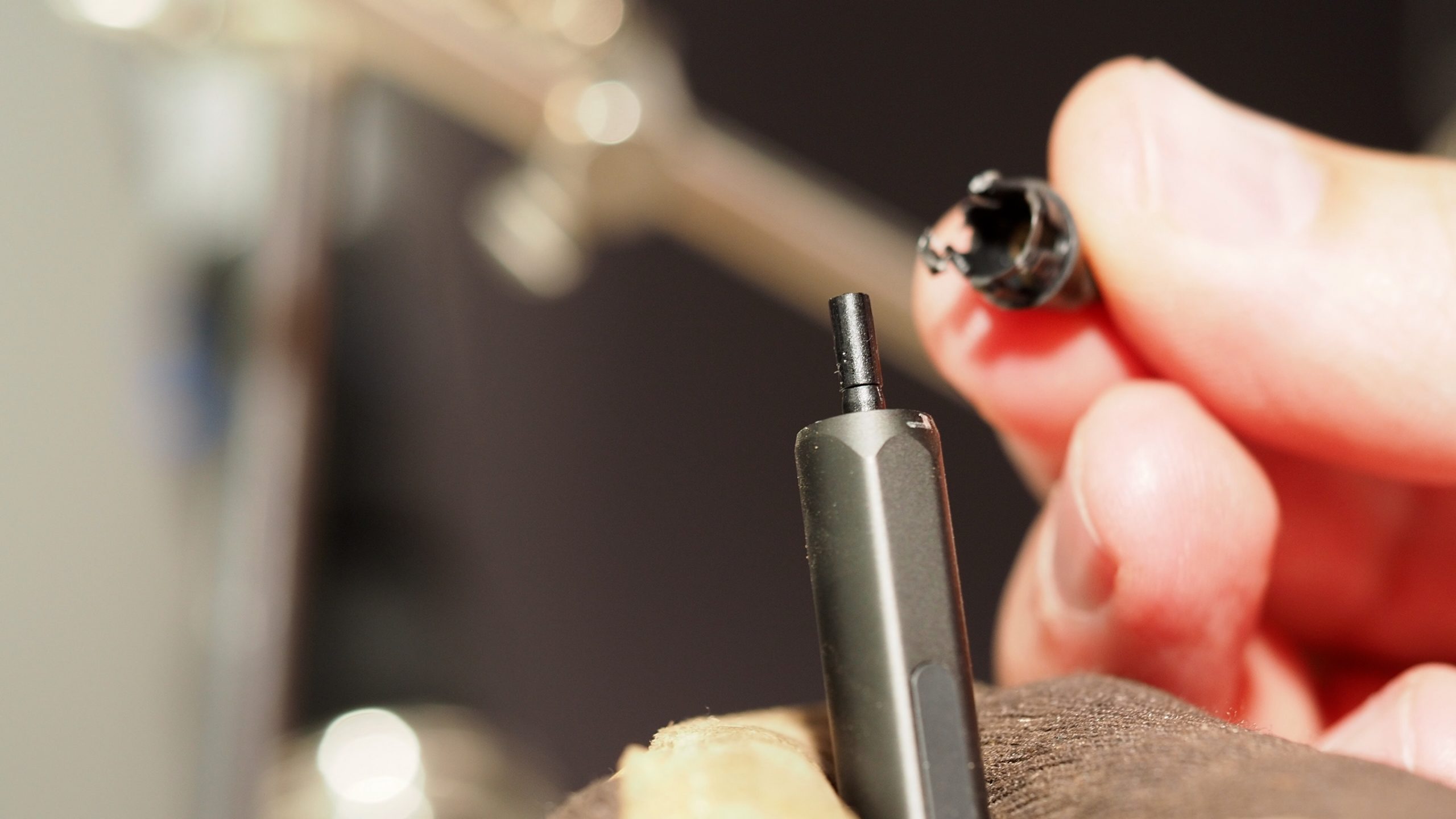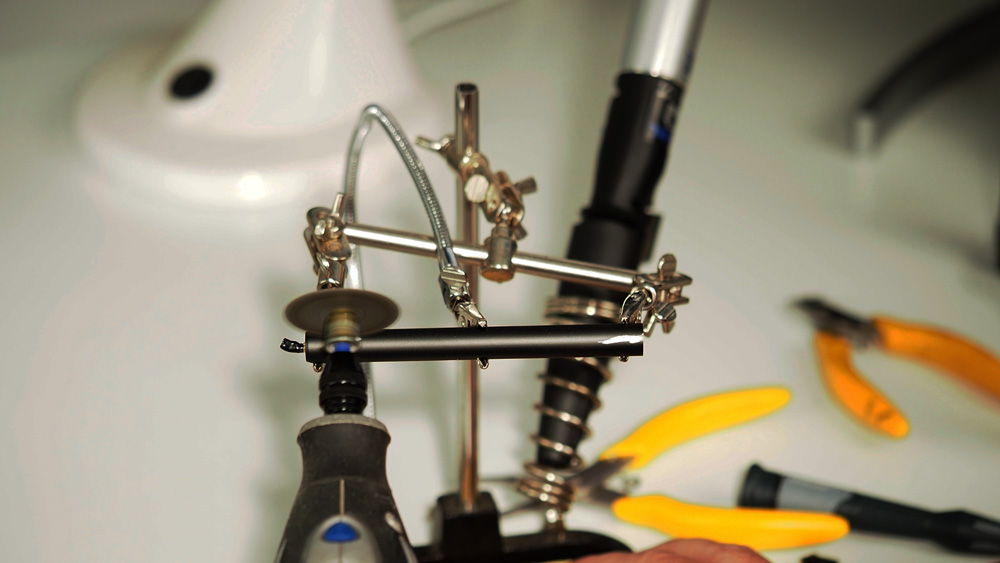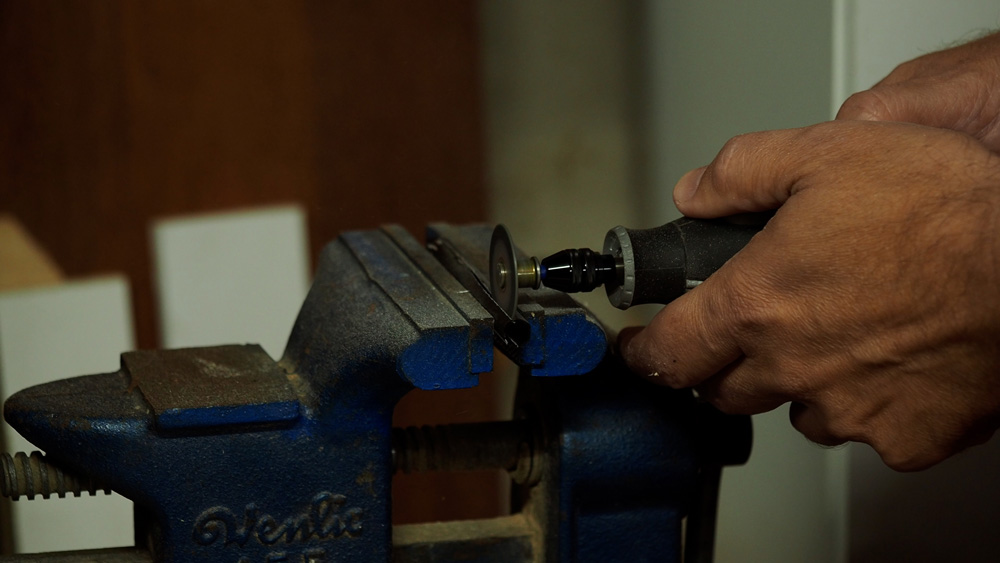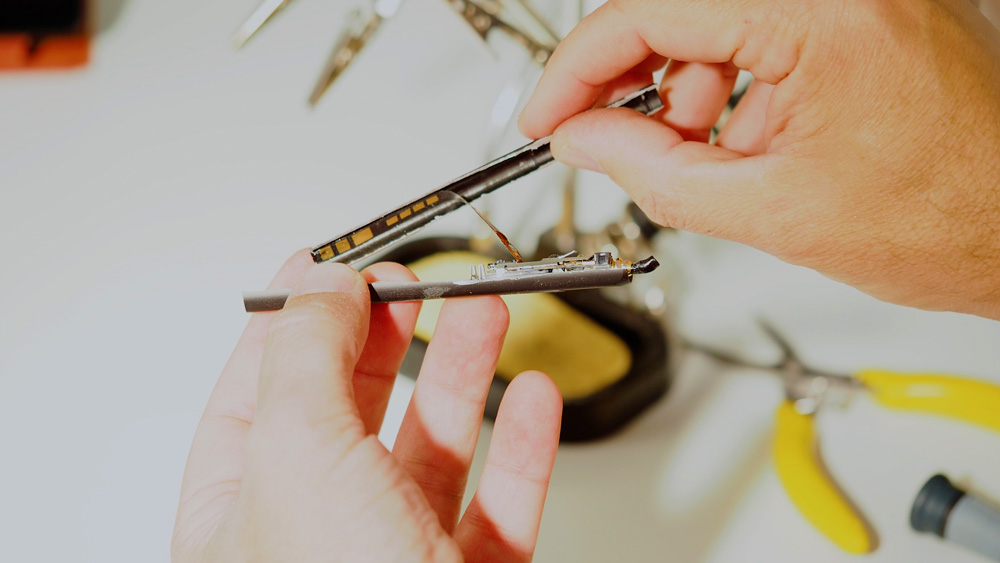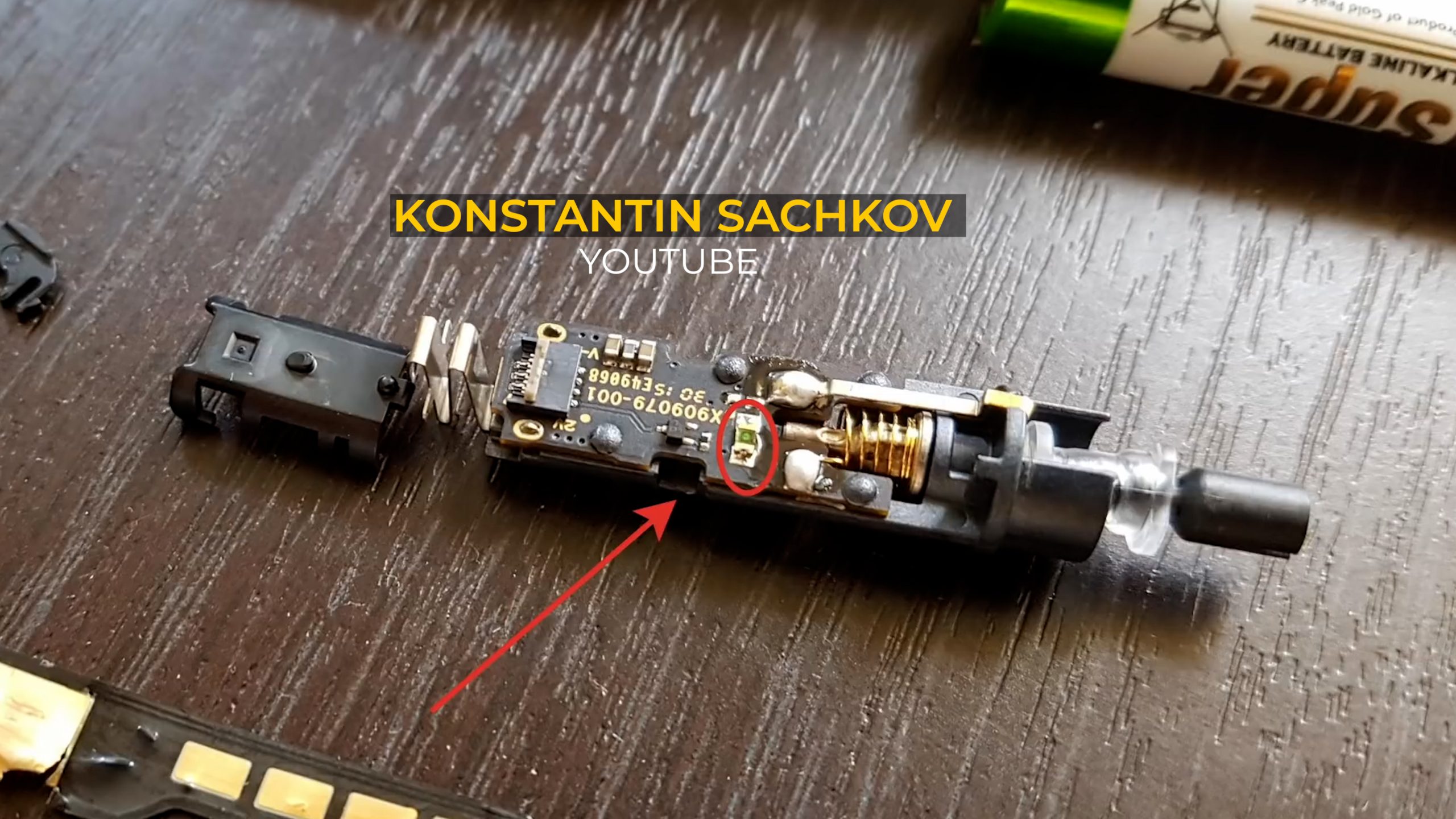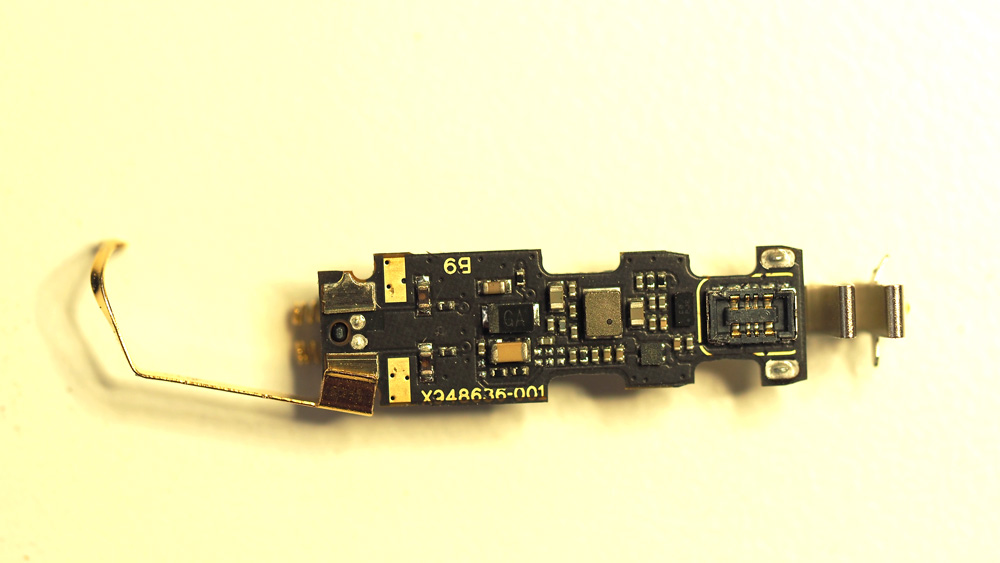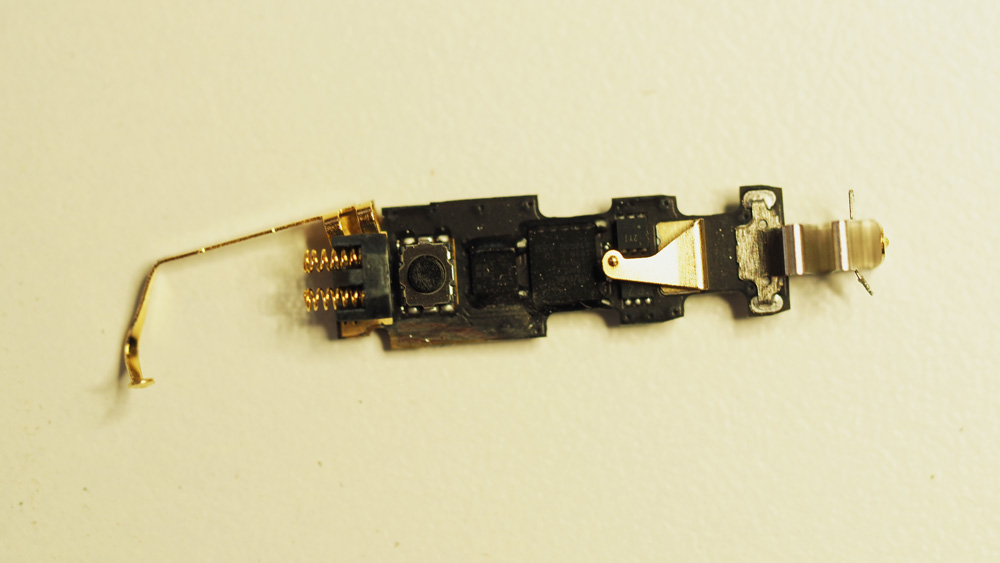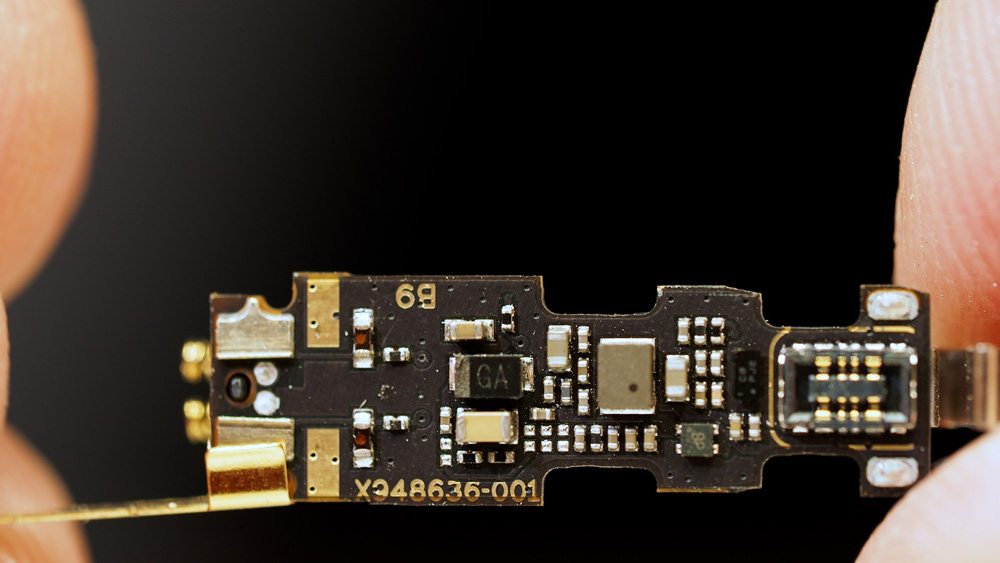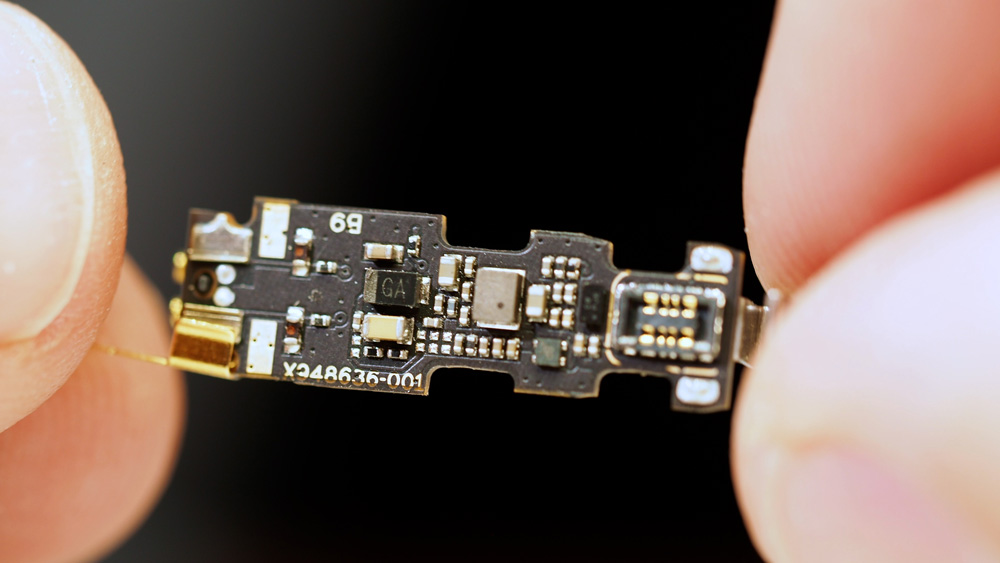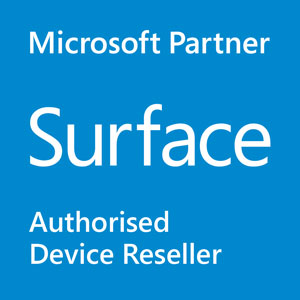The Surface Pen is an amazing thinking and creating tool. And when coupled with your Surface, it works great! Until it doesn’t. Like all electronic devices, the Surface Pen can break or just stop working. Most of the time, issues are pretty simple to fix. A replacement pen tip or a new battery usually does the trick. And we have shared instructions on that in our Ultimate Surface Pen Roundup video. But what is the most common Surface Pen issue, aside from the pen tip and battery?
In this post, I want to address this common issue. And to do that, we are going to tear down a Surface Pen! What’s inside this pen is a simple circuit board, antenna and some sensor components. That is actually replicated in the eraser end of the pen too. And there is where the issue lies.
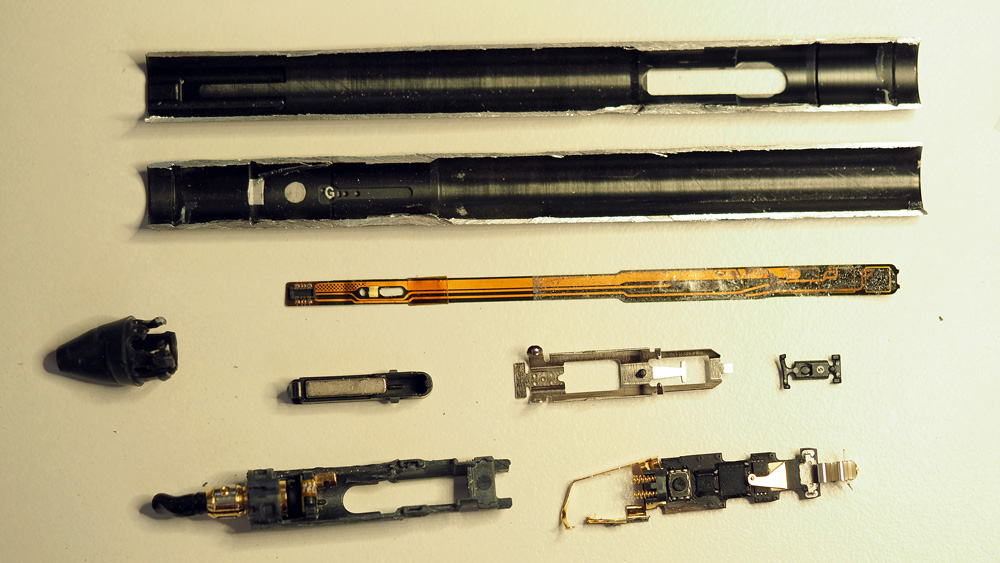
Preparing to uncover the most common Surface Pen issue
Before I took apart this Surface Pen, I watched two different YouTube videos. The first video, from Konstantin Sachkov, showed the disassembly and reassembly of a Surface Pro 4 pen. That gave me a lot of information to work with for this teardown. The internals of the pen have changed a lot, but the basic design is similar. I also looked at the iFixIt Apple pencil teardown. From watching those videos I thought that it would be unlikely to get everything disassembled without breaking something.
Step 1: Loosening the glue
So, with not-so-high hopes, I set out to open the Surface Pen. I first tried to loosen the glue that holds the ribbon cable and connector inside the battery compartment of the pen. The Surface Pen uses a AAAA standard alkaline battery. It lasts for over a year. And the ribbon connector makes the battery connection, and provides power and data to the eraser end of the pen via three contacts. So I heated up the barrel, and prized away the ribbon cable. So far so good.
Step 2: Removing the Surface Pen Cap
I then set about removing the plastic end cap. The end cap is incredibly well blended with the metal alloy casing of the pen, but if you look closely you can see the joining line. I thought it might be use a screw in head with some glue for safe keeping, like the previous Surface Pro 4 pen. So I applied a bit of heat to loosen any glue that might be there and attempted to unscrew it.
Nope. As it turns out it did not screw in or out. Instead, it looks like it sort of clips in. But now it was broken for good. So, as expected, this pen was not going back together!
With the end cap removed, from what I could see, it looked like there was some glue holding the circuit board to the barrel. Again, I tried using heat to loosen it. I took some casualties with the pen tip holder getting in the way of my blow torch. And still I couldn’t get it to budge. So since I couldn’t get this thing out like I’d hoped to, I went back to Plan A. Power tools!
Step 3: Removing the Circuit Board
I got my dremel with a grinding disc and set to work cutting the pen in half. I tried to cut the barrel in a way that would not do too much damage to the pen’s internals, or myself! A couple of fails later, I had the pen cutting nicely in the vice. And finally, the barrel of the pen opened up to reveal its secrets.
There’s a couple of nice magnets that hold the pen onto the Surface. I might have lost one of them, but there is definitely one right there inside the pen button. The other one could be in the eraser end somewhere, but I’m not going to pull that apart this time.
Now with the pen opened up, you can see the mechanism including the circuit board, antenna, pressure and tilt sensors. The antenna is the important part that makes the cursor move around on the screen. That’s about the limit of my electronics knowledge here. But I’ll assume that in there somewhere is the pressure sensor and a tilt sensor. We’re getting closer to uncovering where the most common Surface Pen issue lies. But before we get to that, let’s discuss some of the misdiagnosis of the real problem.
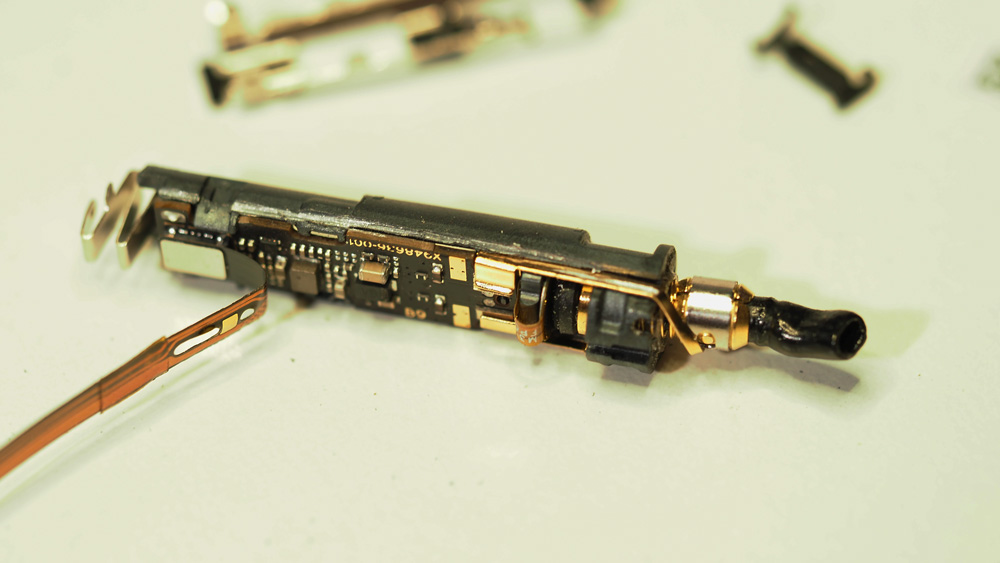
The most common issue with a lot of Surface Pens
So let’s address the issue that I see most commonly, aside from a broken pen tip or a flat battery. That is, when the pen tip appears not to be working at all. I get a lot of questions and comments about this one. And I’ve seen it happen to a couple of different pens over my history with surface.
Usually if the pen tip stops working, it’s because the battery is flat. They usually last over a year, but we can tell that the battery is flat because the eraser end also stops working. So that’s not the problem that I’m referring to.
Rather, I’m referring to when the writing tip has stopped working but the eraser is still functioning. So we know that there’s no problem with the battery, but for some reason the writing end of the pen is no longer working.
Troubleshooting Mistake #1: Replacing the pen tip
Most people think that this is some sort of problem with the pen tip itself, but that is not the case. With this system, the pen tip is actually nothing more than some sort of fibrous material. It is only there so that you can press your pen against the screen. The pen tip is not an electronic component. It doesn’t function as an antenna. So it really might as well just be a piece of wood. Or a potato! So replacing the pen tip will not fix this issue.
Troubleshooting Mistake #2: Re-pairing Bluetooth
The next thing that people will tell you to try is pairing with Bluetooth. But that has nothing to do with the functioning of the writing tip, side button or eraser. Bluetooth only affects the back pen button. This type of pen communicates directly with the sensor array built into the screen.
What causes this common Surface Pen issue?
The problem that we are looking for is further back in the circuit board. And I have to thank Konstantin Sachkov for finding this issue back in 2017 and posting that YouTube video about it that I mentioned earlier.
I was hoping to see a tiny variable resistor component when I looked at the circuit board up close. The resister component protects the pen from electrostatic discharge. And it was clearly blown in Konstantin’s video. However, I could not find visible evidence like that on this board. But like I said, my micro electronics knowledge is limited.
I expect that a very high voltage static discharge has caused this pen to fail. And although this issue is relatively rare (considering the number of Surface pens out there), it’s probably one of the most common failures. And for good reason. With a small, lightweight electronic device that’s designed to be incredibly mobile, sooner or later you’ll come into contact with a static spark.
Imagine for example, that you’re wearing your slippers on a polyester carpet. You’re dragging your heels a little bit and you reach out with the Surface Pen in your hand and touch the fridge. ZAP! You just discharged 30,000 volts into your pen, and although the pen has that protection component built in, you exceeded its design capacity. It’s a common problem with small and mobile electronics, in both manufacture and use. And for most of us mere mortals, it’s unlikely that we’re going to be able to repair this pen. At least not successfully.
So, if you have this issue you’re probably just going to have to replace your pen. If it’s under warranty, it’s worth contacting Microsoft Support to see if they will replace it. But if you’re looking for something cheaper, perhaps you’d prefer an alternative to the Surface Pen. If this is the case, check out the Raphael 520. Or the Adonit Ink M. Or perhaps you’ll find another preferred Surface Pen alternative.
Learn more about Surface
I hope that seeing the inside of the Surface Pen has helped you to understand it a little better. And if you’re not already using your Surface Pen on a daily basis, then subscribe to the oztabletpc YouTube channel to get notified about our weekly Surface videos.
